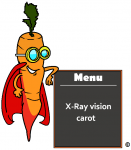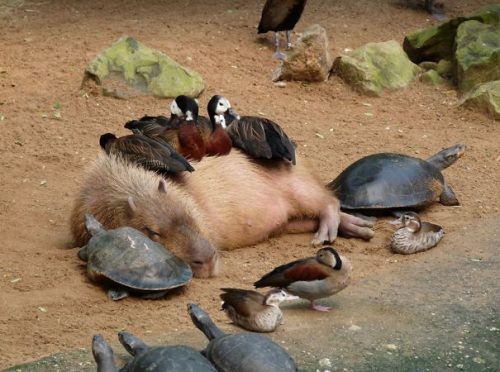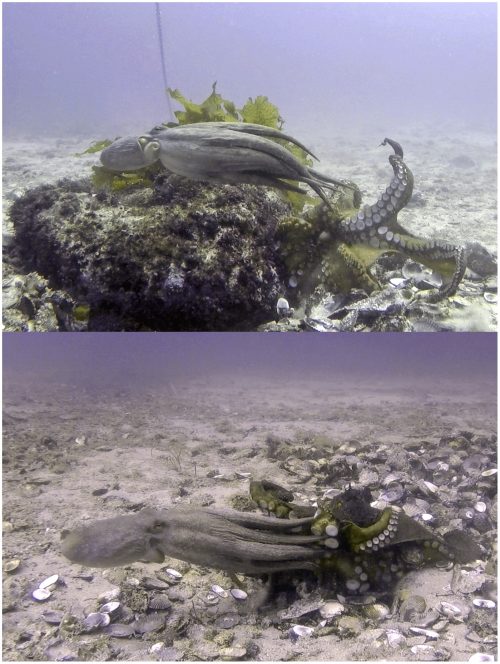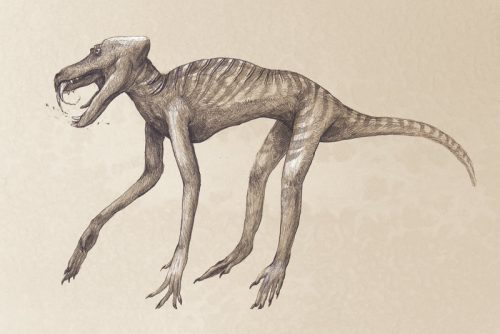
Image courtesy of the googles.
Daniel Dennett’s From Bacteria to Bach and Back is a lengthy and winding journey. It is characterized (including by its publisher) as a general explanation of the evolution of minds and various peculiar mental functions, consciousness and language being the two most hotly discussed by philosophers, but there’s a better way to read it. As its best, the book is a tour of Dennett’s personal philosophical repertoire, illustrating how ideas from his books and papers fit together.
Dennett’s general theory of the development of genetics stems from his broad theory of memes, where a meme is any informational entity that can be transmitted and replicated. The rough idea is that minds are meme-machines in the way that organisms are gene-machines (in Dawkins’ analogy of the gene’s-eye-view). This is a fruitful analogy, in some respects, though I think it can and should draw some skepticism from readers. I’ll return to those worries later.
The basic building blocks of Dennett’s view are indicated by gestures and short explanations, which is a challenge since he’s spent so much time discussing and arguing for them elsewhere in his work. In any case, there are really two that it is important to understand.






